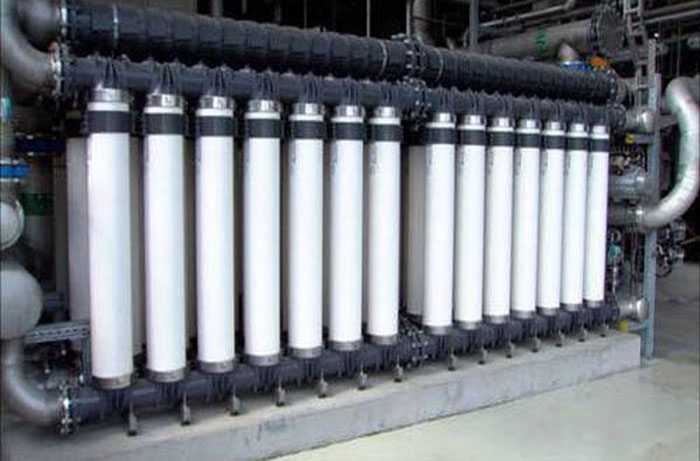Ultra Filtration Plant
 Ultra Filtration Plant
Ultrafiltration of water: what it is for and how it works
Ultra Filtration Plant
Ultrafiltration of water: what it is for and how it worksWater is a fundamental element for human life, and proper hydration of the body allows us to stay healthy. Despite this, contaminants in the water are inevitable, although drinking water undergoes severe control processes. Here then is water with unpleasant odours and flavours, rich in limestone and unwanted substances. The presence of technologies capable of treating water becomes indispensable, and the various water filters currently on the market allow you to choose the water that best matches your taste but is always of excellent quality. Currently, the three systems present for water filtration are ultrafiltration, reverse osmosis and microfiltration; let’s find out what they consist of.
The water ultrafiltration system
Let’s start with the most technological and high-level Ultra Filtration Plant in Pune. The ultrafiltration of the water allows to eliminate the chlorine and to retain all the organic contaminants present in the drinking water. Thanks to different filtering stages that prevent the passage of viruses, bacteria, and endotoxins, the process takes place. It is; therefore, one of the most recommended filters as the small size of the pores on the membrane and its absorbent capacity make it superior to the more common microfiltration. The holes, in fact, are of the order of millimicron so that they can capture a large number of solids present in the water. To differentiate it further from other filtering systems is the total absence of discarded water, which is present instead of in the osmosis system. This aspect makes ultrafiltration much more ecological. Furthermore, ultrafiltration is so safe that it is also used in hospitals to clean and sterilise medical devices, a guarantee of clean, safe and quality water.
Ultrafiltration for industry
Of course, ultrafiltration is applied in the domestic environment and in the industrial one for the treatment of surface water, seawater, industrial-technological waste, and wastewater purification processes. In fact, the ultrafiltration modules are particularly resistant to mechanical stress from rubbing and are made from a double layer of hollow PVDF fibres. The Ultra Filtration Plant in Mumbai is fully automated in carrying out scheduled washes in the production cycle. The sectors of application range from the filtration of water from impurities and suspended solids to the production of drinking water for aqueducts, private entities, condominiums, hotels, residential areas and industries. It can also be used as a pre-treatment for reverse osmosis plants and as tertiary filtration in wastewater treatment plants so as to obtain good water quality even for the reuse of non-drinking users. The ultrafiltration system can be more complex at first glance, so you can consult the information on ultrafiltration on specialized portals so as to have a clearer idea about how it works.
The reverse osmosis system
Reverse osmosis is a membrane process that can eliminate almost all of the suspended and dissolved substances in the water. This process expects the water to be pushed out of the membrane with the help of a pump that applies a higher pressure than the osmotic pump. Therefore, two outgoing flows are obtained: the low salt one used and the one rich in substances that are instead discarded. The process, therefore, takes place through semi-permeable and adjustable osmotic membranes that make the water safe and eliminate dangerous particles expelled through the waste stream.
The microfiltration system
Let’s now move on to the microfiltration system, which relies on a filtration process that removes solid particles from the water through the use of a microporous




